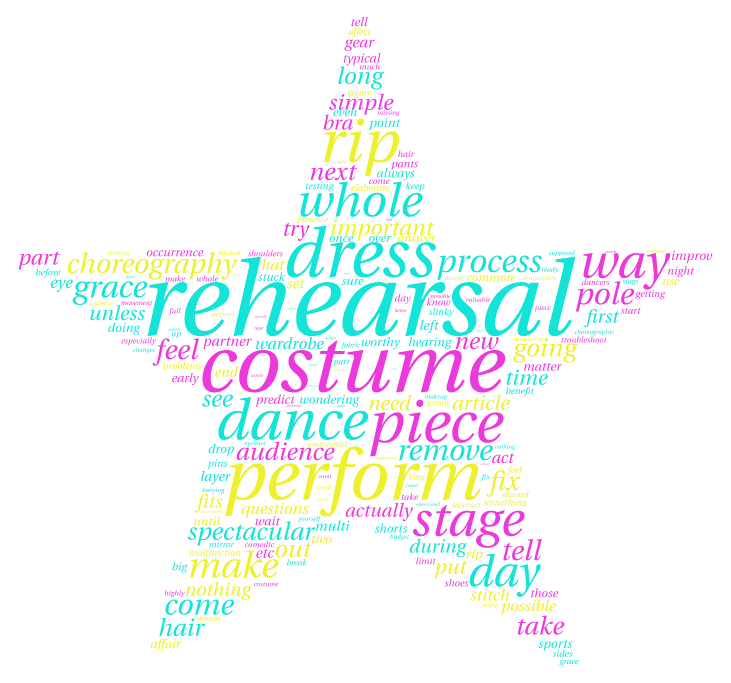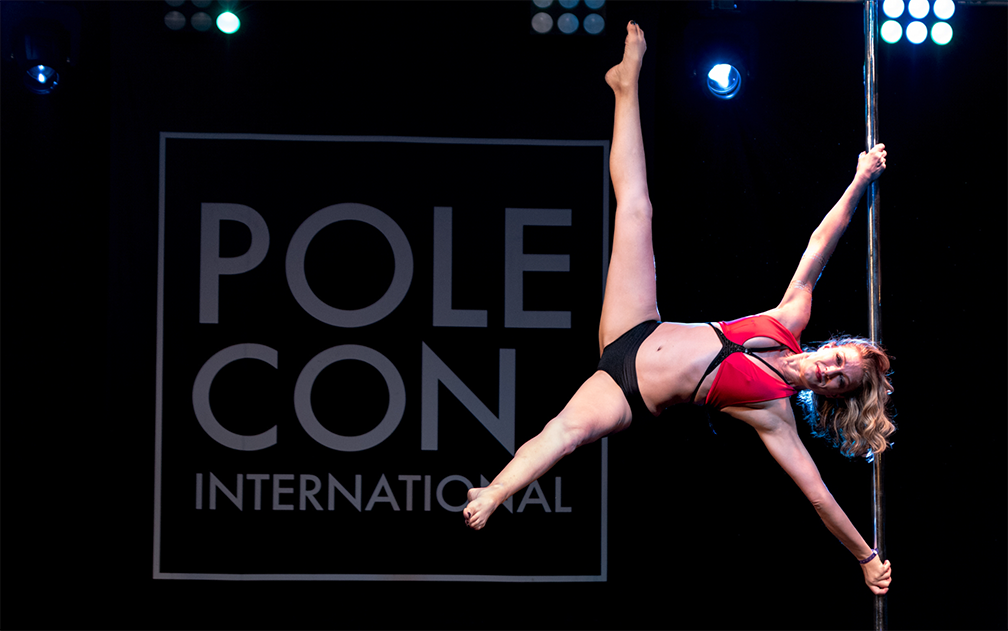
The Importance of the Dress Rehearsal
There’s nothing like putting on that new costume for the first time. There’s also nothing like hearing that first stitch rip and wondering if you’re going to have a Janet Jackson-worthy Wardrobe Malfunction. You can’t always predict when your dance partner is going to improv something, but you can troubleshoot typical problems with a simple dress rehearsal.
The point of a dress rehearsal is to see how your costume fits and feels during what it will actually be doing. It doesn’t matter if your costume is a simple sports bra and pole shorts or an elaborate, multi-layer affair, a dress rehearsal will benefit you by testing your gear in conjunction with your choreography.
If possible, don’t wait until the night before a performance to have your first dress rehearsal. Try your costume as early in the choreographic process as possible. This is especially important if you are removing any article of the costume (a common occurrence among pole dancers!), because you need to be able to answer these questions:
1) How am I getting out of the costume piece(s)? That slinky dress may not just drop off your shoulders the way you envisioned it would. Those pants may get stuck on your shoes. That hat may come off on its own. Unless your act is supposed to be comedic, you’ll need to know how to remove your costume with grace.
2) How long will it take to get out of the piece(s)? This could greatly affect your choreography and it’s best to figure that out when you have time to fix it (which is not the day of your performance).
3) Where will the piece(s) end up on the stage? If an article of clothing is left in the center of the stage, the audience’s eye will fix on it, distracting them from your choreography. You want to discard costume pieces to the sides or upstage to limit their presence unless you are continuing to interact with them in some way. This will also keep you from tripping over them.
To start your dress rehearsal, get dressed! Put on every piece of your costume, arrange your hair, and put on your makeup. This will tell you how long the whole process takes so that you can budget your time properly the day of your performance. It will also tell you if you’re missing any pieces like fabric tape, hair pins, or eyeliner.
Next, perform! If you can get a friend or two to make an audience, so much the better, but even if you’re just dancing for the mirror perform your piece full-out as if it was actually your big day. Babying a costume in rehearsal only to have it rip during the performance isn’t worth it.
Once you’ve finished your first dress rehearsal, it’s time to ask yourself the next set of questions:
- How did the costume feel?
- Did it hinder my movement in any way?
- Did any part of the costume rip/break/come apart/etc.?
- What changes do I need to make, either to costume or choreography?
Repeat this process as needed.
The dress rehearsal is a highly valuable, yet under appreciated, part of performing. Use it to your advantage and make sure your costume is ready to be spectacular!
Image created by Tagul.com
- Choreographic Devices - July 21, 2017
- Choreography 101: Improv - July 7, 2017
- Quiz Time!: What’s Your Pole Style? - April 21, 2017


